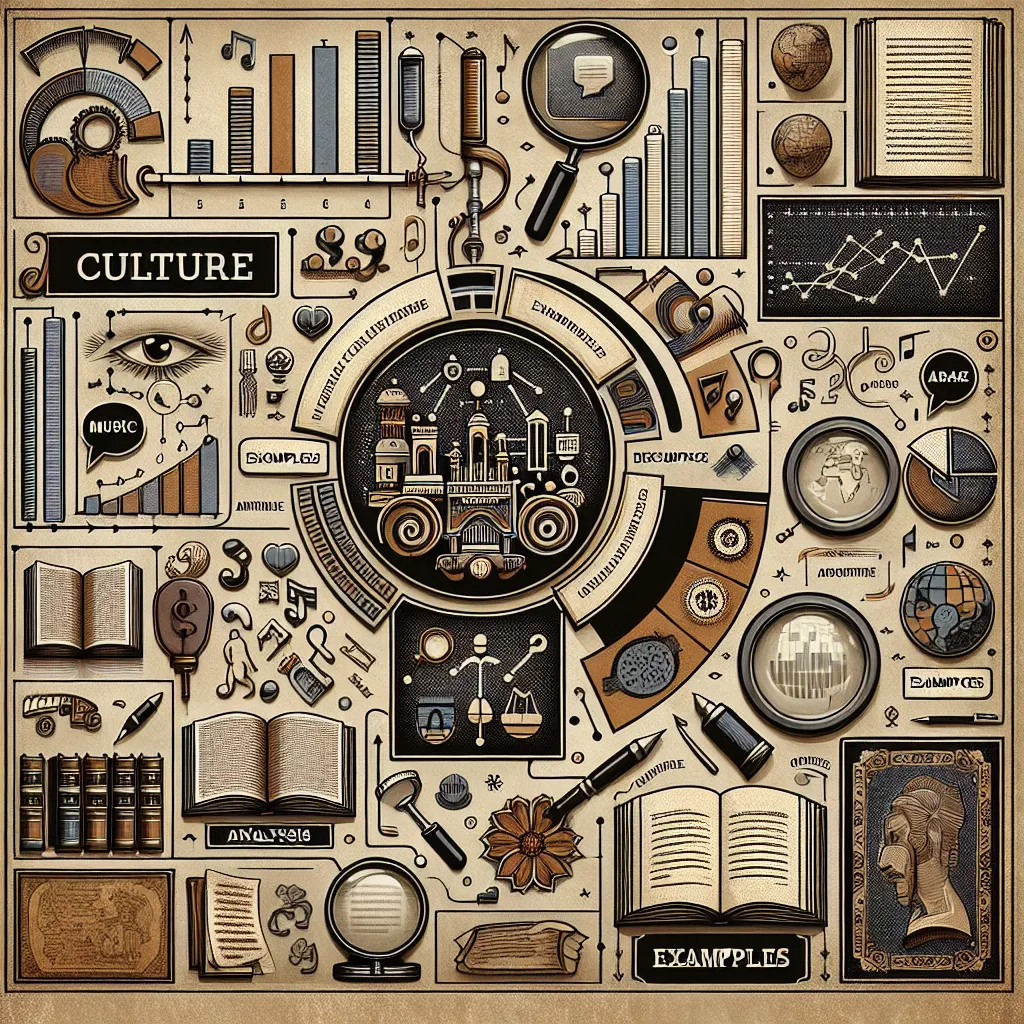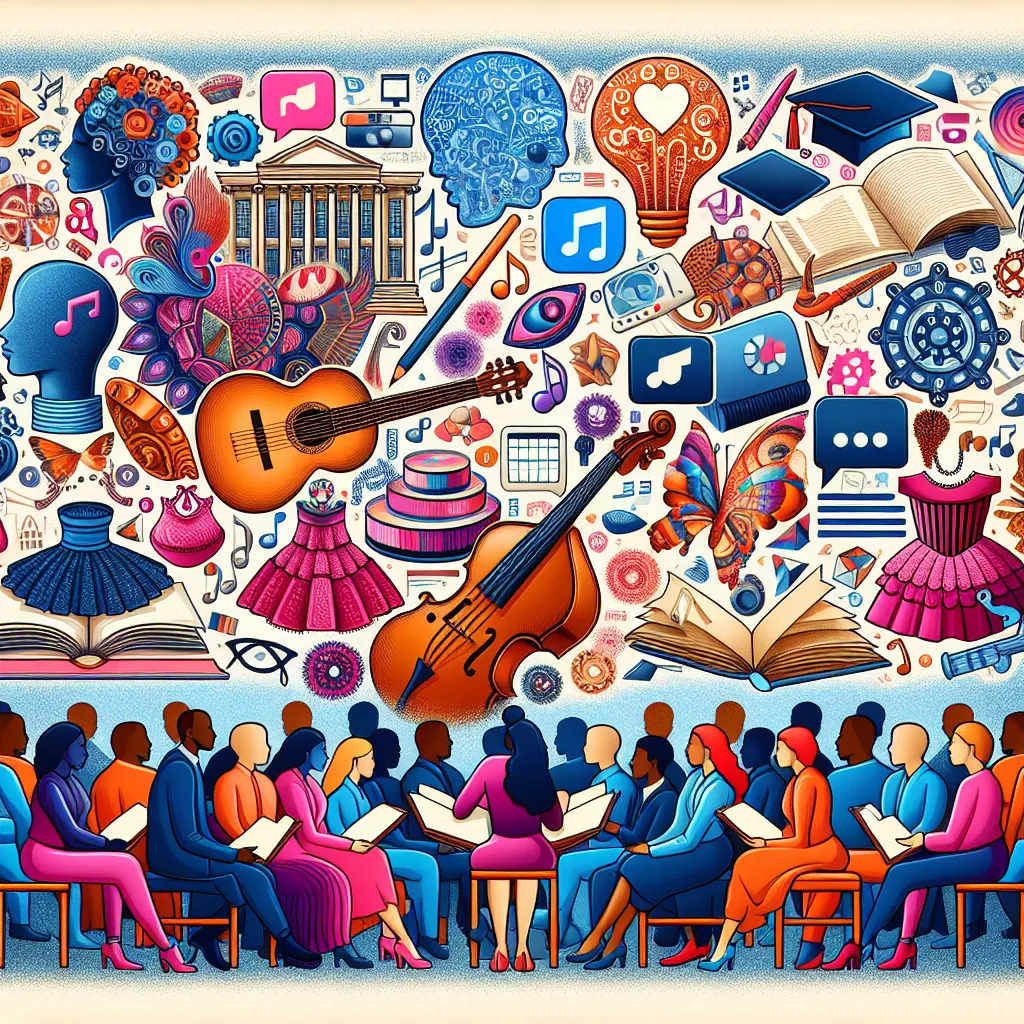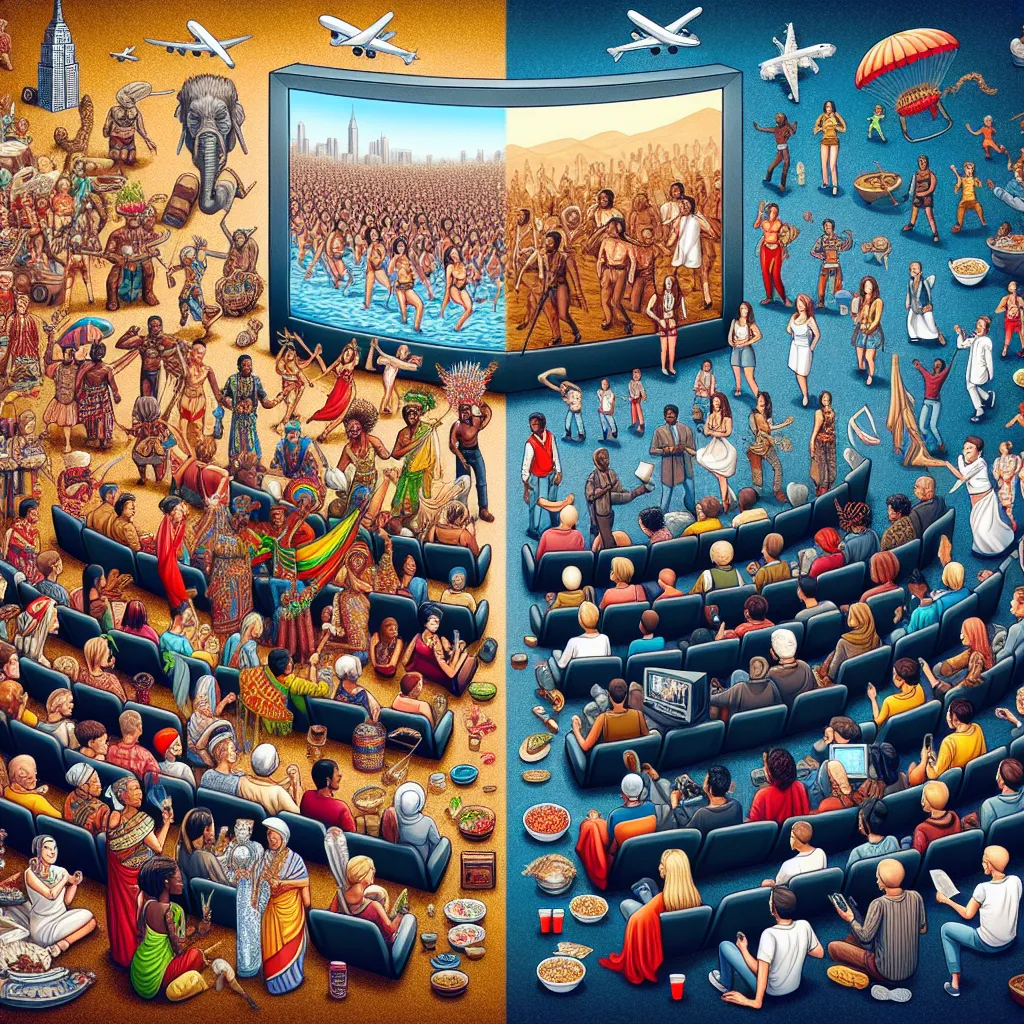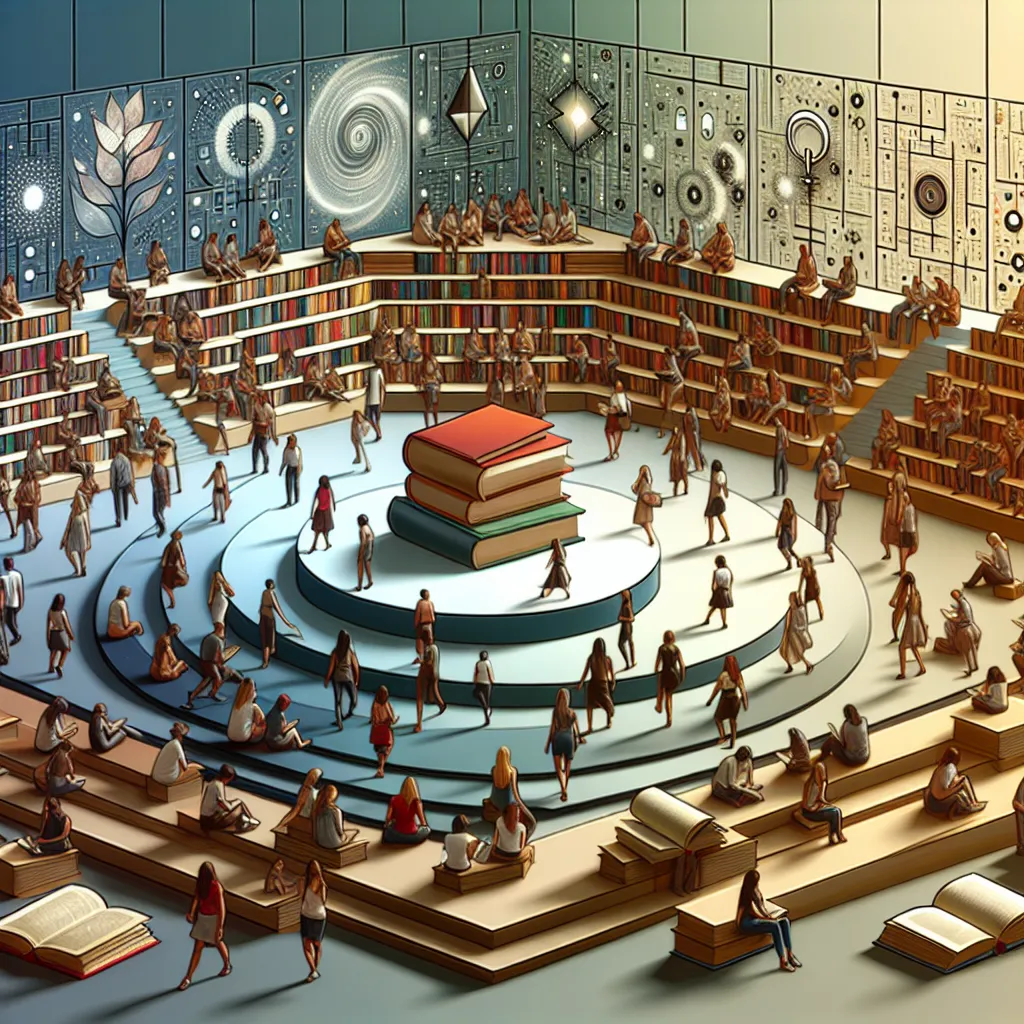Ask AI on The Internet
Question: With adequate examples, critically analyse the following definitions of popular culture. Please can you spice your essay with scholary views so that you will attain high marks. Make sure in your essay you include an introduction, a proper body and conclusion. Write a proper and long essay with good paragraphs about three pages. please provide wa good reference section at the end in Harvard form. Please use discourse markers at the start of each and every paragraph: 1.Popular culture as all those things that people do or have done 2.Popular culture as mass culture.
### Introduction Popular culture is a multi-faceted concept that is woven intricately into the fabric of society. Broadly encompassing the practices, beliefs, and objects that dominate the everyday lives of people, it can be observed and analyzed from various angles. Two prominent definitions of popular culture are: "popular culture as all those things that people do or have done," and "popular culture as mass culture." These definitions offer differing perspectives that can shape our understanding of what constitutes popular culture. This essay seeks to critically analyze these two definitions, drawing on scholarly views to provide a comprehensive discussion and thorough critique. ### Popular Culture as All Those Things That People Do or Have Done Firstly, defining popular culture as "all those things that people do or have done" suggests an expansive and inclusive understanding of the concept. This definition leans toward an anthropological and sociological perspective, encompassing all social practices, rituals, and traditions. For instance, an example can be the practice of rituals such as weddings and funerals, which embody cultural traditions passed down through generations. Such practices are omnipresent across societies and reflect the values, beliefs, and norms of the people. Similarly, everyday activities like cooking, dancing, and playing sports can be seen as elements of popular culture. A good example is the global popularity of sports like soccer which unifies people across different cultures (Maguire, 2005). Furthermore, Michel de Certeau in "The Practice of Everyday Life" (1984) emphasizes the importance of daily practices as a form of resistance to dominant structures. His scholarly view aligns with this definition of popular culture. De Certeau asserts that everyday actions, even those seemingly insignificant, play a vital role in shaping cultural norms and values. However, this definition can be criticized for its vagueness and lack of specificity. By including virtually everything people do, it becomes challenging to distinguish between what constitutes popular culture and other forms of culture, like high culture or folk culture. Moreover, it may overlook the influential role of media and industry in shaping popular culture, areas where the definition of popular culture as mass culture gains prominence. ### Popular Culture as Mass Culture Secondly, viewing popular culture as "mass culture" provides a different lens, focused on the industrial production and widespread consumption of cultural products. This definition implies that popular culture is predominantly shaped by media and commercial interests, distributed through mass communication channels like television, film, music, and social media. For example, the global phenomenon of Hollywood movies illustrates popular culture as mass culture. Films such as "The Avengers" or "Avatar" are consumed by millions worldwide, showcasing standardized cultural products intended for mass consumption. Similarly, pop music icons like Beyoncé or BTS represent mass-produced and widely disseminated music that reaches diverse audiences. The Frankfurt School, particularly Adorno and Horkheimer, provides a critical perspective on this definition of popular culture. In "Dialectic of Enlightenment" (1944), they argue that mass culture leads to the commodification of cultural products, resulting in a loss of individual creativity and diversity. According to them, the culture industry creates standardized entertainment that manipulates and pacifies the masses, fostering passive consumption instead of active engagement. Marshall McLuhan’s notion that "the medium is the message" further supports this view by emphasizing the significant impact media channels have on content and societal perceptions (McLuhan, 1964). Nonetheless, this definition can also be critiqued for being overly deterministic, suggesting that individuals are mere passive recipients of culture shaped solely by capitalist enterprises. Contemporary scholars like Henry Jenkins, however, propose a more nuanced view by introducing the concept of “participatory culture” (Jenkins, 2006). He argues that in the digital age, audiences are not just passive consumers but active participants who contribute to and shape popular culture. Fan communities creating content like fan fiction and videos demonstrate people’s agency within mass culture, thereby challenging the notion of passivity. ### Conclusion In conclusion, both definitions of popular culture— as "all those things that people do or have done" and as "mass culture"— offer significant insights into understanding the complexity of popular culture. The former emphasizes the inclusive nature of everyday practices, aligning with de Certeau’s views, but suffers from a lack of specificity. The latter underscores the role of mass media and industry, supported by the critiques of the Frankfurt School, but can be seen as overly deterministic. Contemporary perspectives like Jenkins’ participatory culture present a more balanced view, acknowledging the active role of individuals in shaping popular culture. A holistic approach that integrates insights from both definitions may provide the most comprehensive understanding of popular culture in today's society. ### References - de Certeau, M. (1984). *The Practice of Everyday Life*. University of California Press. - Adorno, T. W., & Horkheimer, M. (1944). *Dialectic of Enlightenment*. Routledge. - Jenkins, H. (2006). *Convergence Culture: Where Old and New Media Collide*. New York University Press. - Maguire, J. (2005). *Power and Global Sport: Zones of Prestige, Emulation and Resistance*. Routledge. - McLuhan, M. (1964). *Understanding Media: The Extensions of Man*. McGraw-Hill.
Think your answer is better than the AI's? Post it below.
Question Tags
If you want your question answered by an AI, click here.







Post your own comment: